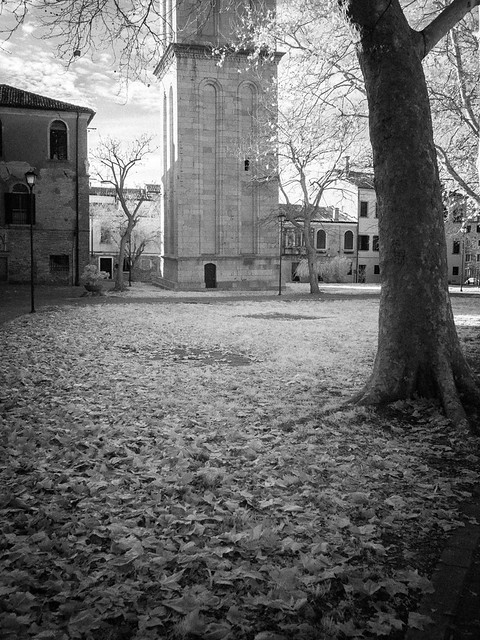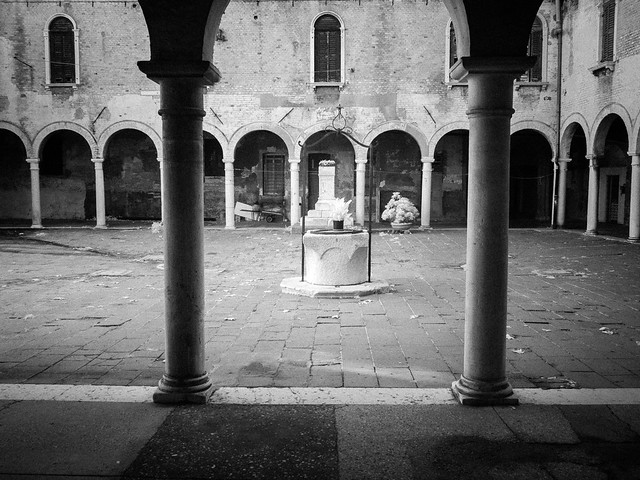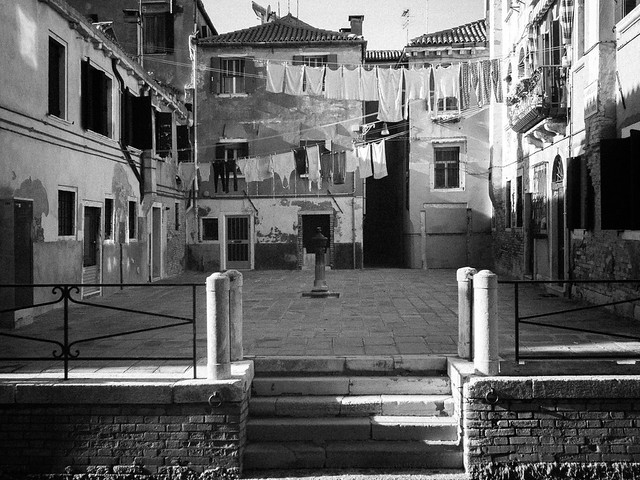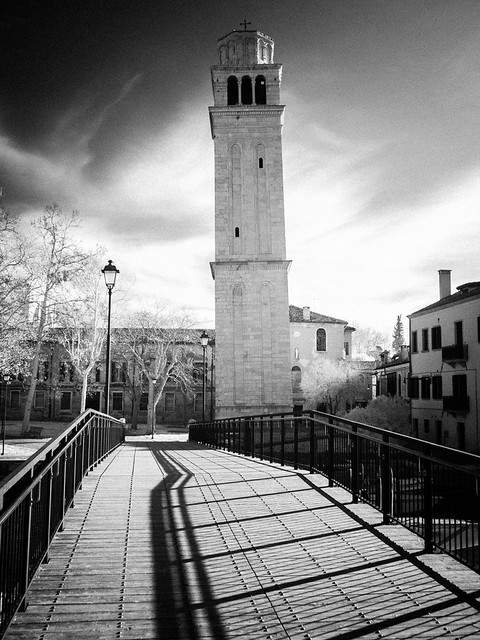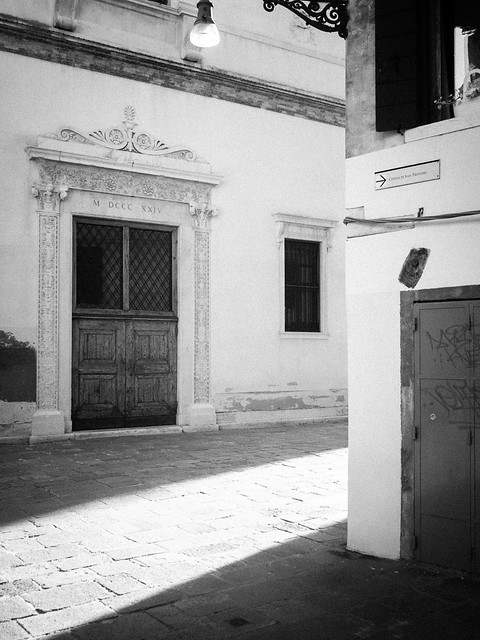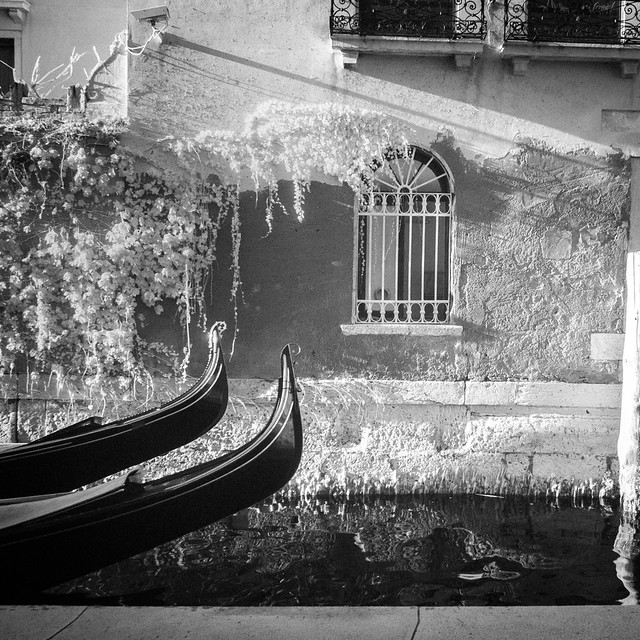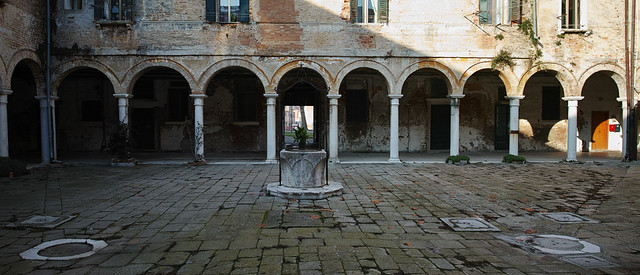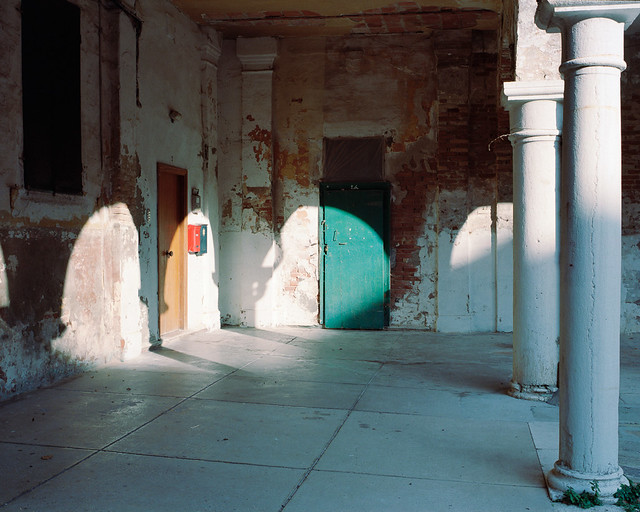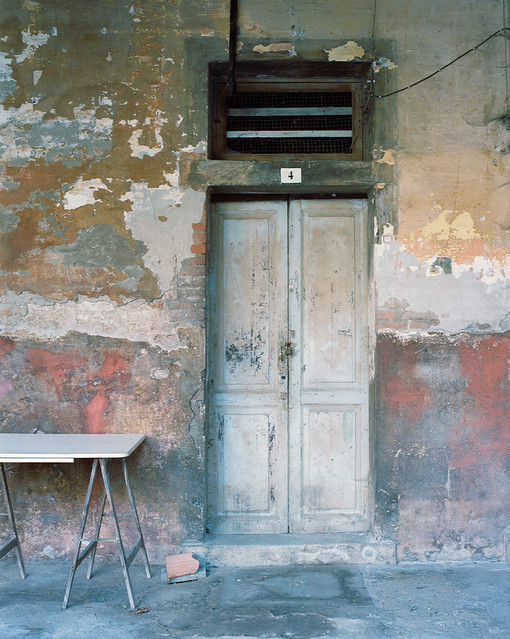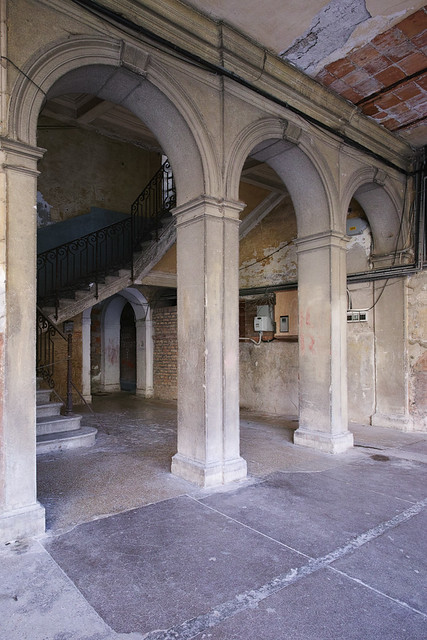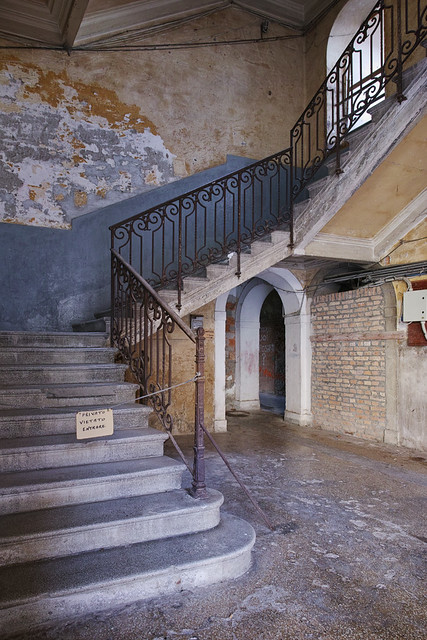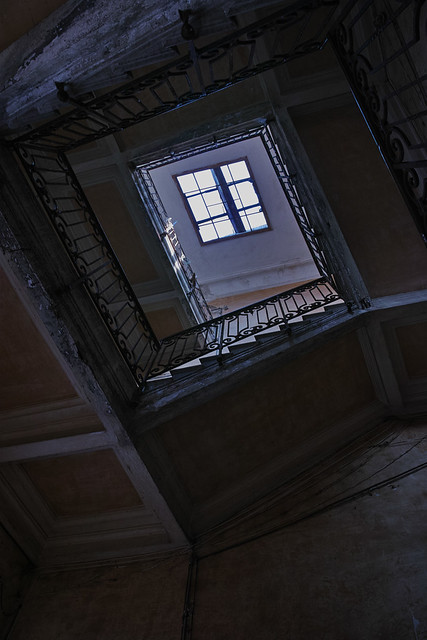Architects may come…
...and architects may go
Last night I finally finished reading the epic “Venice, the city and its architecture”, by Richard Goy (Phaedon Press, 1999). Let’s say that again, epic. And heavy too, both physically and intellectually. Although not having any architectural knowledge at all, some of the terminology made it quite hard going for me, it is actually a very readable and quite fascinating book. I wish I had read it years ago.

I’ve tended to turn my nose up at the more monumental structures of Venice. I’ve only been inside St Mark’s once, and the same goes for Doge’s Palace, although in both cases that is in large part due to my aversion to queuing for anything (including ice creams). Not all that long ago there were still times of the year where Venice was not in the slightest bit crowded.
However having read this book cover to cover (which requires some dedication) has given me a significant new perspective. Understanding the human context under the skin of all these epic piles puts them in a very different light than that shed by the usual by-numbers guidebook commentary.
“Venice, the city and its architecture” was actually published over 20 years ago, and is not all that easy to find these days. I noticed a copy in the window of a bookshop in Venice earlier this year, but decided it was too heavy to carry around with me. I did try to get the shop to send it to me, but they adhere to standard Venetian passive agressivity and refuse to have anything to do with any concept invented later than the 18th century (then they’ll be whining they had to to shut down and sell to a Chinese tat vendor, but that’s 21st Century Venetians for you). Anyway. The type setting in the book is pretty weird. Very, very small paragraph text, with titles even smaller. This makes it uncomfortable to read, not principally because of the small type, but also because this leads to line lengths which are painful to scan. No pain, no gain I guess. Also most photographs and illustrations are bafflingly small for such a large book. The editors did not do a good service to the author, which for a publisher with the reputation of Phaidon is really quite baffling. Still, I guess it was a miracle it was published at all, I doubt that it would be in today’s TL;DR era.
The book goes beyond a description of architecture, which is just as well, as I’m totally out of my depth when it comes to any discussion of pediments, orders and a whole bunch of terms which just as well be Martian to me. Particularly interesting is the extensive section on the Ghetto and the Jewish history of Venice. It also describes just how it was possible to build the city and especially these massive structures on a semi-submerged collection of desolate mud flats. The invisible foundations of Venice must be at least on a par with the pyramids or the Great Wall of China in terms of unimaginable scope and (manual) effort. It puts everything in a historical and political context, right until the 20th Century. And the author extends to a discussion of everyday vernacular buildings from the earliest days onwards, although this is one section I’d like to be a bit more detailed. For me the near endless cataloguing of churches did verge on tedious, but then again, the city’s ridiculous number of churches are fundamental to its social fabric.
Probably to get the full benefit of this book, you need to be better versed in the history of art, and perhaps certain basics of architecture, than I am, but nevertheless, if you, like me, are irretrievably hooked on the charms and mysteries of La Serenissima, then “Venice, the city and its architecture” is a must have. Next time I visit I’ll be looking at the city with an enhanced perspective.





